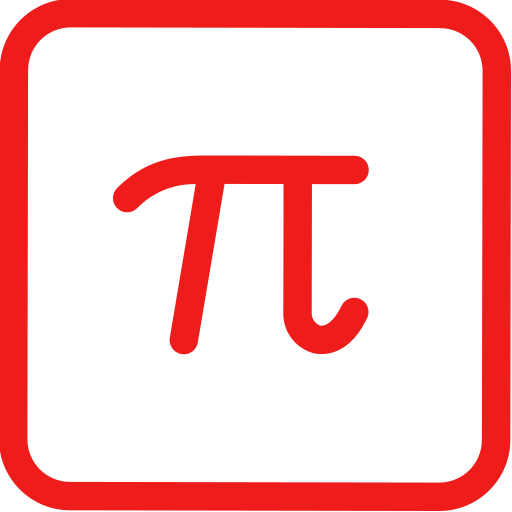The ancient Babylonians calculated π as 3.125 around 1900 BCE, making it one of the earliest known approximations.
The Egyptian Rhind Papyrus (circa 1650 BCE) shows an approximation of π as 3.16049, calculated using the area of a circle.
Pi is an irrational number, meaning it cannot be expressed as a simple fraction and has an infinite number of decimal places without any repeating pattern.
As of 2025, π has been calculated to over 100 trillion digits using advanced quantum computing technology.
NASA uses π in its calculations for landing rovers on Mars, with precision to 15 decimal places being sufficient for most space travel calculations.
Pi Day (March 14 or 3/14) coincides with Albert Einstein's birthday and has been celebrated as a mathematical holiday since 1988.
The current world record for memorizing π stands at 70,000 digits, achieved in 2024 after a 24-hour recitation.
Pi is essential in quantum mechanics, appearing in Heisenberg's uncertainty principle and wave function equations.
The spiral patterns in sunflower seeds follow the Fibonacci sequence, which is closely related to π through various mathematical relationships.
Modern AI algorithms use π in neural network optimizations and machine learning calculations for pattern recognition.
Pi is a transcendental number, which means it is not the root of any polynomial equation with integer coefficients.
The symbol π was first used by Welsh mathematician William Jones in 1706 and popularized by Leonhard Euler in 1737.
The first computer calculation of π was done by ENIAC in 1949, computing 2,037 digits in 70 hours.
The Great Pyramid of Giza's ratio of perimeter to height is approximately 2π, suggesting ancient Egyptians might have understood this relationship.
The first 31.4 trillion digits of π were calculated by Google employee Emma Haruka Iwao in 2019 using Google Cloud.
Einstein's field equations of general relativity contain π, showing its fundamental role in the structure of spacetime.
The meandering ratio of rivers (actual length divided by straight-line distance) tends to approach π over time.
Pi has inspired numerous works of art and literature, including the novel "Life of Pi" by Yann Martel.
The Leibniz formula for π, discovered in 1674, states that π/4 = 1 - 1/3 + 1/5 - 1/7 + ...
Ancient Chinese mathematicians used the value 355/113 for π, accurate to six decimal places.
The first 144 digits of π sum to 666 (the "number of the beast"), which has led to some interesting numerological theories.
The Bailey–Borwein–Plouffe formula, discovered in 1995, allows calculation of specific digits of π without calculating previous digits.
The orbit calculations for the James Webb Space Telescope use π to maintain its precise position at the L2 Lagrange point.
The double helix structure of DNA has a pitch angle that can be expressed in terms of π.
Modern cryptography uses large digits of π as random number generators for encryption algorithms.
